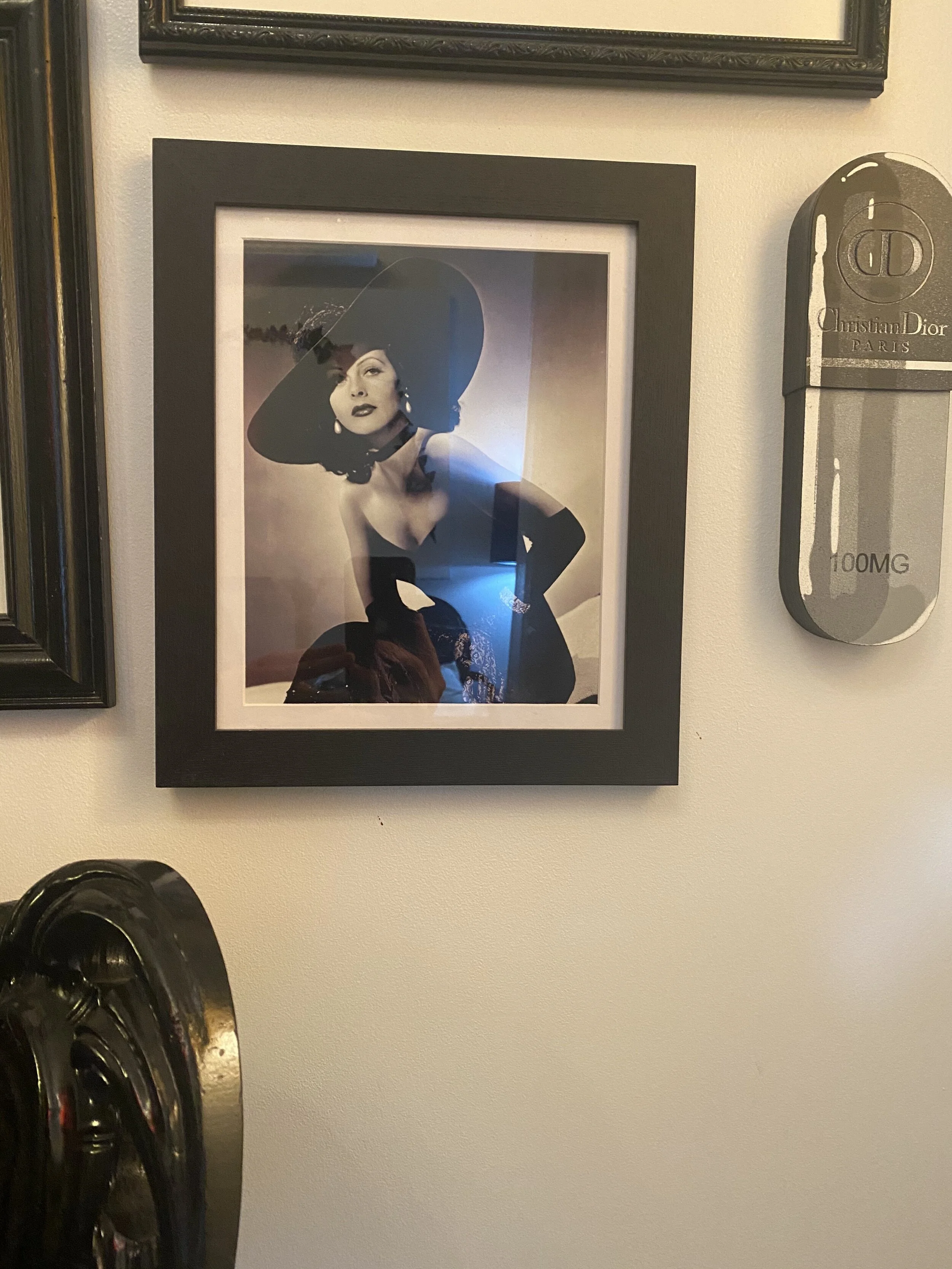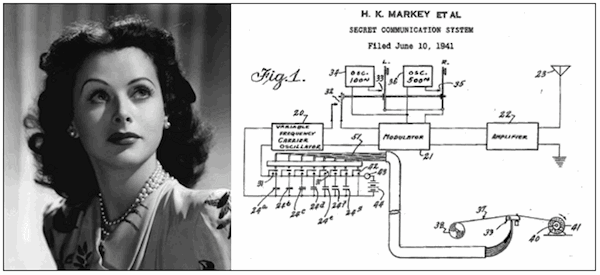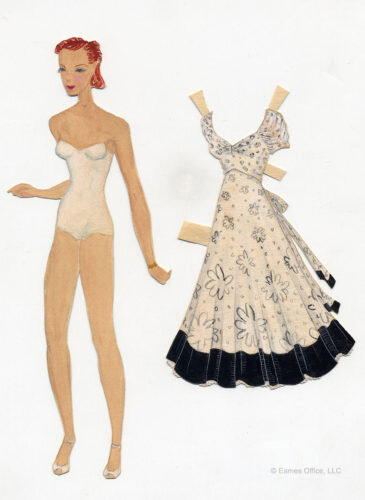“People are unreasonable, illogical, and self-centered. Love them anyway. If you do good, people will accuse you of selfish alternative motives. Do good anyway. The biggest people with the biggest ideas can be shot down by the smallest people with the smallest minds. Think big anyway. What you spend years building may be destroyed overnight. Build anyway. Give the world the best you have and you’ll be kicked into the teeth. Give the world the best you’ve got anyway.”
Hedy Lamarr
Chances are that you have seen movies with Hedy Lamar (well-known for her roles in the 1940s Oscar-nominated films ‘Algiers’ and ‘Sampson and Delilah.’ ), but chances are that you don’t know that she was the mind behind secure WiFi, GPS and Bluetooth. Her idea and patent gave us the radio communications to ‘hop’ from one frequency to another, so that Allied torpedoes couldn’t be detected by the Nazis and today it is used for the majority of our information transmission that we use everyday.
The End of Starsky Robotics: https://medium.com/starsky-robotics-blog/the-end-of-starsky-robotics-acb8a6a8a5f5
“ We have now gone from 996 to 007”
“996” refers to the grind-it-out work culture prevalent in some Chinese companies, which involves employees working from 9am to 9pm, 6 days per week, i.e. 72 hours per week. * “007” is s half-joking extension of that idea, entailing working around-the-clock .
“ Never delegate understanding”
Charles Eames
The Powers of Ten films are two short American documentary films written and directed by Charles and Ray Eames. Both works depict the relative scale of the universe according to order of magnitude and logarithmic scale based on the factor of 10. First expanding out from the Earth until the entire universe is surveyed, then reducing inward until a single atom and its quarks are observed. You can watch the movie here
Watching the movies made me revisit the work of Ray and Charles Eames, going beyond the popular instagrammable chairs. While the story and relationship between Ray and Charles Eames can be controversial in terms of final credit, I have to admit that their creations are an amazing combination of art and engineering and their studio seems like a dream to work.
The online research brought me to the Eames Office website that contains a wealth of rarely seen works both Both Ray and Charles, from Charles’s hand-drawn Christmas Cards for the loved ones to Ray’s paper dolls. Their work is currently in the National Archive and I am contemplating a trip to ruffle through the archives of these original inventors who just made things because they could not do otherwise.
I am actually extremely surprised how “dark knowledge” 🌚 has not yet become the buzz word on par with AI and deep learning. The premise for dark knowledge is that complex machine learning models are slow to predict and require a lot of memory. Everyday electronic devices have limited storage space. The proposed solution is to train a simpler model that mimics a big complicated model. To make it work, one replaces actual class labels with predictions from the model we wish to mimic, calling it deep knowledge”. This discovery slowly slips into everyday life through on-device Machine Learning (such as in Google Pixel used for image processing and battery saving, yet has very little to do with what currently being discussed as the development of Artificial Intelligence.
/This/*dark knowledge*/, which is practically invisible in the class probabilities, defines a similarity metric over the classes that make it much easier to learn a good classifier./
Geoff Hinton
Random fact (stumbled upon while reading “Peaks & Lamas”): Milarepa was a Tibetan siddha , who famously was a murderer as a young man then turned to Buddhism to become an accomplished buddha despite his past. He is generally considered as one of Tibet’s most famous yogis and poets, serving as an example for the Buddhist life.
I have been a huge fan of Dan Perjovchi for years: his almost elementary works overflow with vigilant remarks on contemporary times and sharp-witted sarcasm. Since 1990, the artist has contributed hundreds of witty and incisive observations to literary and political journals. I highly regret the inability to attend his show in MOMA “What Happened to Us”. His [latest pieces](https://www.moma.org/magazine/articles/269) try to illustrate the current state of the world .
Last, but not least, here is a recording to show human collaboration, dexterity and creativity: A Boléro from New York: NY Philharmonic Musicians Send Musical Tribute to Healthcare Workers - YouTube








